Nationality Dutch Name Kees Immink | Role Scientist | |
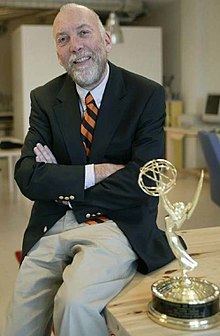 | ||
Fields Electronics, Information Theory Institutions Turing Machines IncPhilips Research LaboratoriesInstitute for Experimental MathematicsNational University of Singapore Notable awards Emmy AwardEdison MedalFaraday MedalAES Gold MedalSMPTE Progress Medal Books Codes for Mass Data Storage Systems, Coding Techniques for Digital Recorders Awards IEEE Edison Medal, Faraday Medal Known for Compact disc, DVD, Blu-ray disc | ||
Professor kees schouhamer immink 2015 faraday medal winner
Kornelis Antonie (Kees) Schouhamer Immink (born 18 December 1946) is a Dutch scientist, inventor, and entrepreneur, who pioneered and advanced the era of digital audio, video, and data recording, including popular digital media such as Compact Disc, DVD and Blu-ray Disc. He has been a prolific and influential engineer, who holds more than 1100 U.S. and international patents. A large portion of the commonly used audio and video playback and recording devices use technologies based on his work. His contributions to coding systems assisted the digital video and audio revolution, by enabling reliable data storage at information densities previously unattainable.
Contents
- Professor kees schouhamer immink 2015 faraday medal winner
- Polderpioniers kees schouhamer immink
- Education
- Early years at Philips Research
- Compact Disc
- DVD and Blu ray Disc
- DV and DCC
- Turing Machines Inc
- Service to engineering society
- Awards and honours
- References
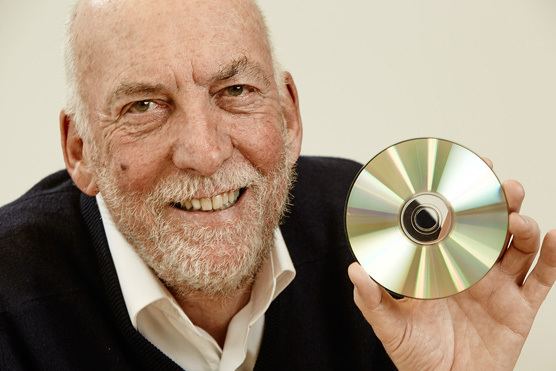
Immink received several tributes that summarize the impact of his contributions to the digital audio and video revolution. Among the accolades received are the IEEE Medal of Honor "for pioneering contributions to video, audio, and data recording technology, including compact disc, DVD, and Blu-ray", the Edison Medal and an individual Technology Emmy award by the National Academy of Television Arts and Sciences (NATAS). Beatrix, Queen of the Netherlands bestowed him a knighthood in 2000.
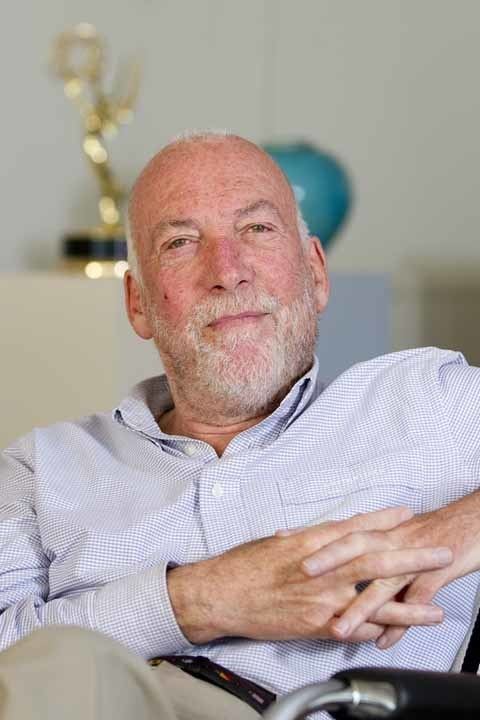
Currently, Immink holds the position of president of Turing Machines Inc, which was founded in 1998. During his career, Immink, in addition to his practical contributions, has contributed to information theory. He wrote over 120 articles and four books, including Codes for Mass Data Storage Media. He has been an adjunct professor at the Institute for Experimental Mathematics, University of Duisburg and Essen, Germany, since 1994, as well as affiliated with the National University of Singapore (NUS) as a visiting professor since 1997.
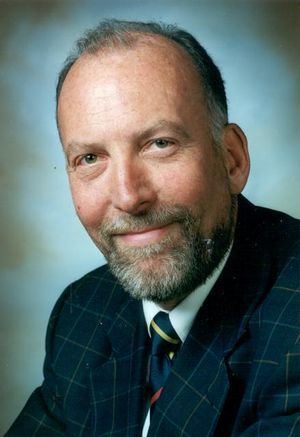
Polderpioniers kees schouhamer immink
Education
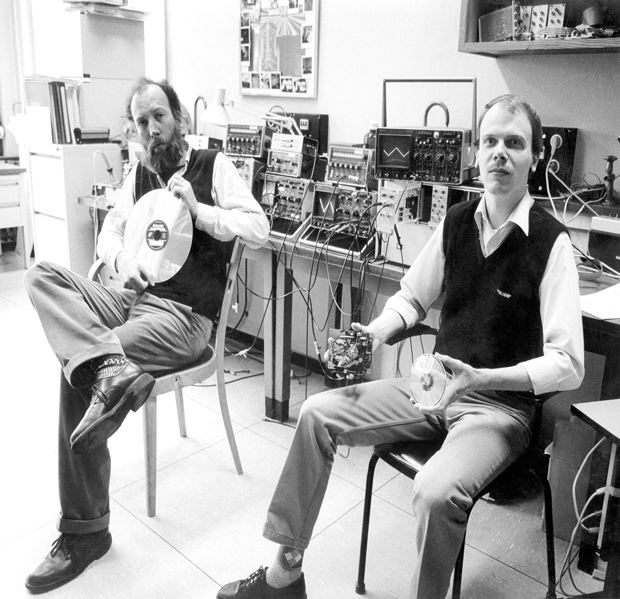
Immink obtained an Engineer's degree (Ir.) in electrical engineering (1974, cum laude) and a PhD degree (1985) from Eindhoven University of Technology on a thesis entitled Properties and Constructions of Binary Channel Codes .
Early years at Philips Research
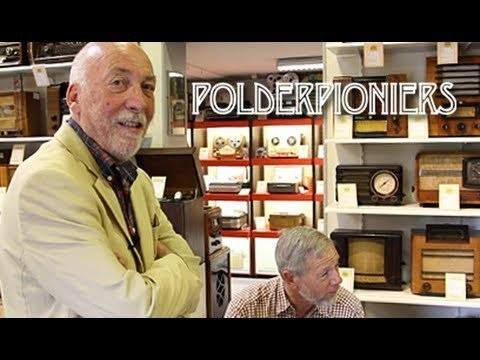
Fresh from engineering school, in 1967, he joined Philips Research Labs in Eindhoven, where he spent thirty years in a fruitful association. The renowned physicist Hendrik Casimir was director of Philips Research till 1972. Immink formulated the atmosphere at that time: "We were able to conduct whatever research we found relevant, and had no pre-determined tasks; instead, we received full freedom and support of autonomous research. We went to work, not knowing what we would do that day. This view -or rather ambiguous view- on how research should be conducted, led to amazing inventions as a result. It was an innovation heaven". Immink worked in various groups, and in 1974, he joined the research group Optics, where pioneering work was done on optical laserdisc systems. He contributed mainly to the electronics and servo technology of the video disc. In a joint effort, MCA and Philips brought the laserdisc system to the market. Laserdisc was first available in Atlanta in 1978, two years after the VHS and four years before the CD. The Laserdisc never managed a significant presence in market share. The Philips/MCA Laserdisc operation was not successful and discontinued in 1981.
Compact Disc
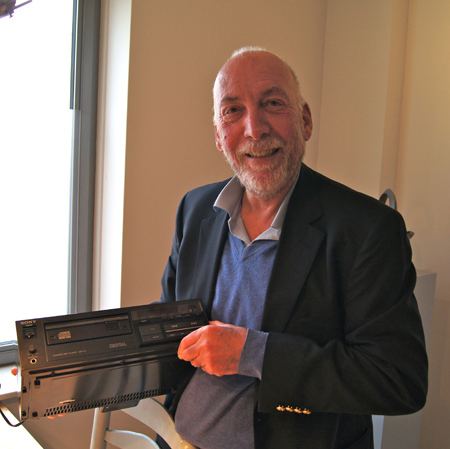
Around 1976, Philips and Sony showed prototypes of digital audio disc players, which were based on optical videodisc technology. In the interview by Tekla Perry for the IEEE Spectrum, May 2017, Immink explains that he got involved in the CD project at the end of 1979 when Sony and Philips had decided to jointly settle one design. Both Philips and Sony had shown prototype CD players to the press in 1978. The team at Philips, he says, “needed someone to do measurements of the two competing systems, the quality, how they coped with scratches, how they coped with imperfections of the disc. My job with the LaserDisc was finished, so I said, ‘Sure, I could do it.’ ” Both Philips and Sony had come up with different rules for translating digital audio data to sequences of pits and lands. After a lot of experimentation, Immink improved the playing time by thirty percent by inventing a code that could better cope with the servo systems. The encoding system Immink devised came to be called Eight-to-fourteen modulation (EFM).
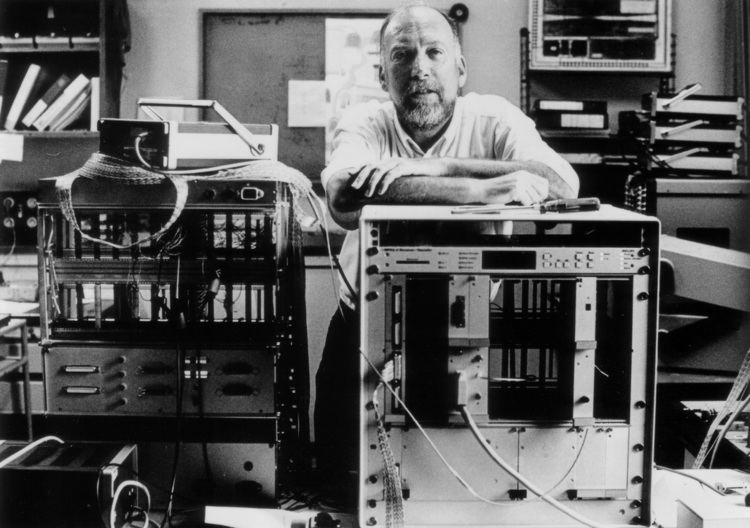
Immink took part in the joint Sony/Philips task force, which developed the Compact Disc standard, the Red Book. He contributed to the EFM and CIRC coding schemes.
In the article, ‘’Shannon, Beethoven, and the Compact Disc’’, Immink presents a historical review of the years leading up to the launch of the CD, and the various crucial decisions made. He refutes the urban legend that the compact disc's diameter was increased from 115 to 120 mm solely to hold the 74 minutes playing time of Beethoven's Ninth Symphony conducted by Wilhelm Furtwängler. Commercial disputes also played a part.
After the CD standard was set in 1980, Immink and his co-workers conducted pioneering experiments with magneto-optical audio recording on pre-grooved discs. They also found a simple method to extend the analog videodisc standard with digital sound. The new systems were brought to market as MiniDisc and CD Video. Laserdisc’s fabricated after 1984 have digitally encoded sound signals.
DVD and Blu-ray Disc
In 1993, Toshiba engineers developed the Super Density Disc, the successor of the Compact Disc. Immink was member of the Philips and Sony task force, which developed a competing disc format, called MultiMedia CD. Immink created EFMPlus, a more efficient successor of EFM used in CD. The electronics industry feared a repeat of the format war between VHS and Betamax in the 1980s. IBM's president, Lou Gerstner, urged them to adopt Immink’s EFMPlus coding scheme as EFM has a proven record. In September 1995, an agreement was made among the major industries: Philips/Sony surrendered to Toshiba's SuperDensity Disc and Toshiba accepted the EFMPlus modulation. The DVD encompasses the sound-only Super Audio CD (SACD) and DVD-audio formats, developed independently by Sony and Toshiba, which are incompatible formats for delivering very high-fidelity audio content. SACD is in a format war with DVD-Audio, but neither has yet managed to replace audio CDs.
Immediately after the DVD standard was settled in 1996, Philips and Sony, disappointed after the DVD failure, decided to develop a next-generation blue-laser-based digital video recorder (DVR), which would be positioned as DVD's high-density successor. Philips and Sony set up a joint task force, where Immink and his co-workers developed DVRs, later called Blu-ray's, code design. In 2005, seven years after its design, the Blu-ray Disc was brought to market. In 2002, the DVD forum adopted an alternative format, the HD DVD. The two resulting standards had significant differences that made each incompatible with the other. The blue-laser format war with Toshiba’s HD DVD was settled in early 2008 when Toshiba withdrew their system effectively ending the high definition optical disc format war.
DV and DCC
In 1985, Immink joined Philips’ magnetic recording group, where he contributed to the design of coding technologies of the digital video tape recorder, DV and the Digital Compact Cassette (DCC). The DCC was short-lived: introduced in 1992 and discontinued in 1996. The DV, launched in 1994, has become a popular tape standard for home and semi-professional video production.
Turing Machines Inc.
After more than thirty years, Immink left Philips Research in 1998, and founded Turing Machines Inc., where he currently serves as its president. The small research institute has been successful in creating new coding technology, and was granted around ten US patents.
Service to engineering society
Immink has served in officer and board positions for a number of technical societies, government and academic organizations, including the Audio Engineering Society, IEEE, Society of Motion Picture and Television Engineers, and several universities. He is a trustee of the Shannon Foundation, and was a governor of the IEEE Consumer Electronics and Information Theory Societies. He was on the governors board of the Audio Engineering Society for over 10 years, and was its president in 2002–2003.
